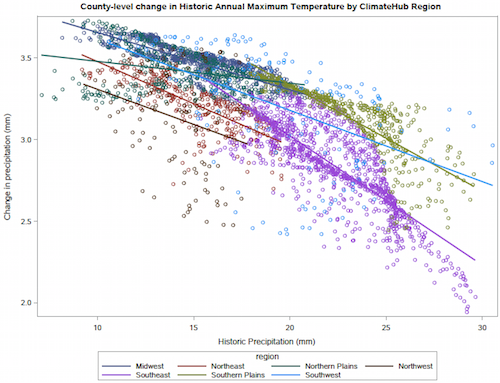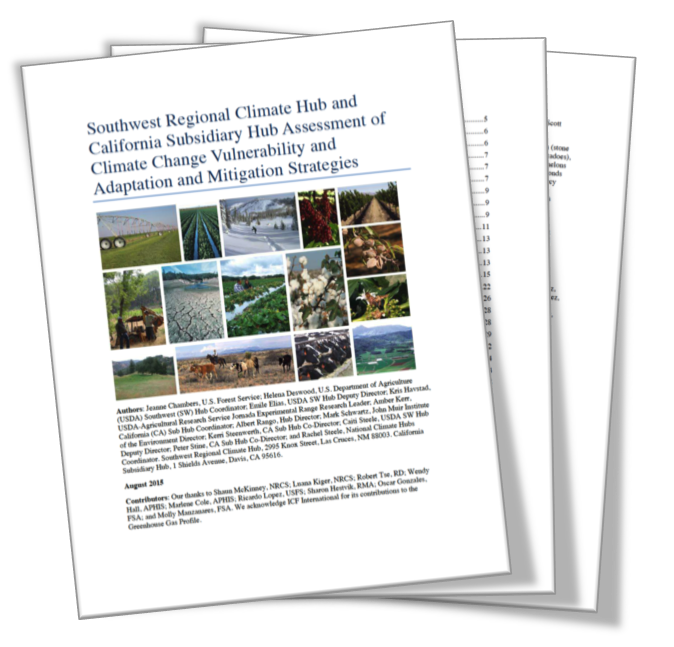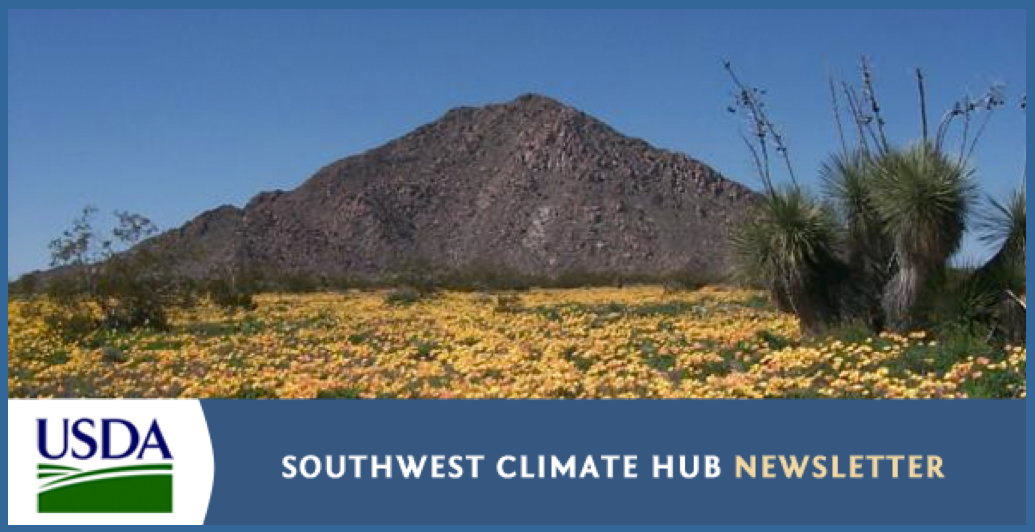- Data
- Videos
-
Publications & Research
-
Education
- Water Conservation Data Jam - Curriculum for 6th-12th Grade Students
- Climate Change and Wildfire – Curriculum Unit for 9-12 Grade Students
- Climate Change and the Carbon Cycle – Curriculum Unit for 9-12 Grade Students
- Where's Our Water? Water Conservation in the Southwest - Lesson for 6-8 Grade Students
- Climate Change and the Water Cycle - 10-Hour Curriculum Unit for 6-12 Grade Students
- The Effects of Climate Change on Agricultural Systems - 5-Hour Curriculum Unit for 6-12 Grade Students
- Cambio climatico y el ciclo del agua
- Webinars and Online Courses
- Websites
- News & Events
- About Us
- RMA
The Hawaii Experimental Tropical Forest
Given their small land mass, the islands of the isolated Hawaiian archipelago are home to an extraordinary diversity of native forest ecosystems. Most of the native plant (87%) and invertebrate (95%) species, and all the native bird species are endemic. Over the last millennium, these native forests have been subjected to the increasing pressures of human occupation of the Islands. Introduced species (both fauna and flora) and land use change have diminished these forests to fragments of their former extent; over 265 of Hawaiian biota have gone extinct with an ongoing extinction rate averaging one species per year. In more recent years, Hawaiian forests have been exposed to the elevated environmental stresses (rising temperatures, multiyear droughts) imposed by a more energetic global climate system. In March 2007, in response to the immense need for forest management research, the Hawaii Department of Land and Natural Resources Division of Forestry and Wildlife and the USDA Forest Service Institute of Pacific Islands Forestry to establish the Hawaii Experimental Tropical Forest (HETF).
The mission of the HETF is to “… provide landscapes, facilities, and data/information to support research and education activities contributing to a better understanding of how to conserve and manage the biological diversity and functioning of tropical forest and stream ecosystems as well as to understand the human dimensions of natural resources conservation and management.” There are two HETF Units: the Laupahoehoe Wet Forest, totaling just over 12,300 acres, and the Puu Waawaa Dry Forest, which is almost 39,000 acres. The HETF is part of a network of USFS Experimental Forest and Range units across the United States.
Some of the most important work of the HETF is in outreach. They work with a variety of programs and rely on partnerships with local and national entities to give access to forest and natural resource experiences to middle school through college level students. Contributions include:
- Hawai‘i Youth Conservation Corps, which focuses on environmental conservation, restoration, education, and cultural awareness, giving participants the opportunity to work outdoors and gain experience with environmental agencies across Hawai`i
- USFS staff teaches a two-week Ululāʻau (forest) course as part of Nā Pua No‘eau, a summer enrichment course offered to native Hawaiian high school students to enhance their career opportunities.
- More Kids in the Woods - Starts with a Seed Program with EPSCoR, Hawaii
- Teaching Change, a two-day experiential education program at Hakalau Wildlife Refuge for public middle & high school students to learn about native forests and species, participate in active restoration and tree planting, and monitor and record the phenology of two native trees of great ecological and cultural importance in Hawai‘i. Results are synthesized by students and uploaded to the citizen science USA National Phenology Network
- Manaulu Manowai‘opae, a monthly program supported solely by the HETF, with the goal of engaging the Laupāhoehoe Community Public Charter School’s Natural Resource class, in the classroom and outdoors, to learn about ongoing science in Laupāhoehoe Forest as well as the cultural geography and history, and watershed resources on Hawaii Island.
- The Pacific Internship Programs for Exploring Science program with the University of Hawaii, Hilo whose focus is to increase the recruitment and retention of local college students, especially those of Native Hawaiian ancestry, into fields of study, and ultimately careers, related to the natural resources of Hawaii and the Pacific region.
In 2013, the HETF received the Organization of Biological Field Stations Human Diversity award in recognition of their remarkable outreach achievements. Click here to learn more about the HETF.
To Read More Articles from the January 2015 Climate Hub Newsletter, click here.










